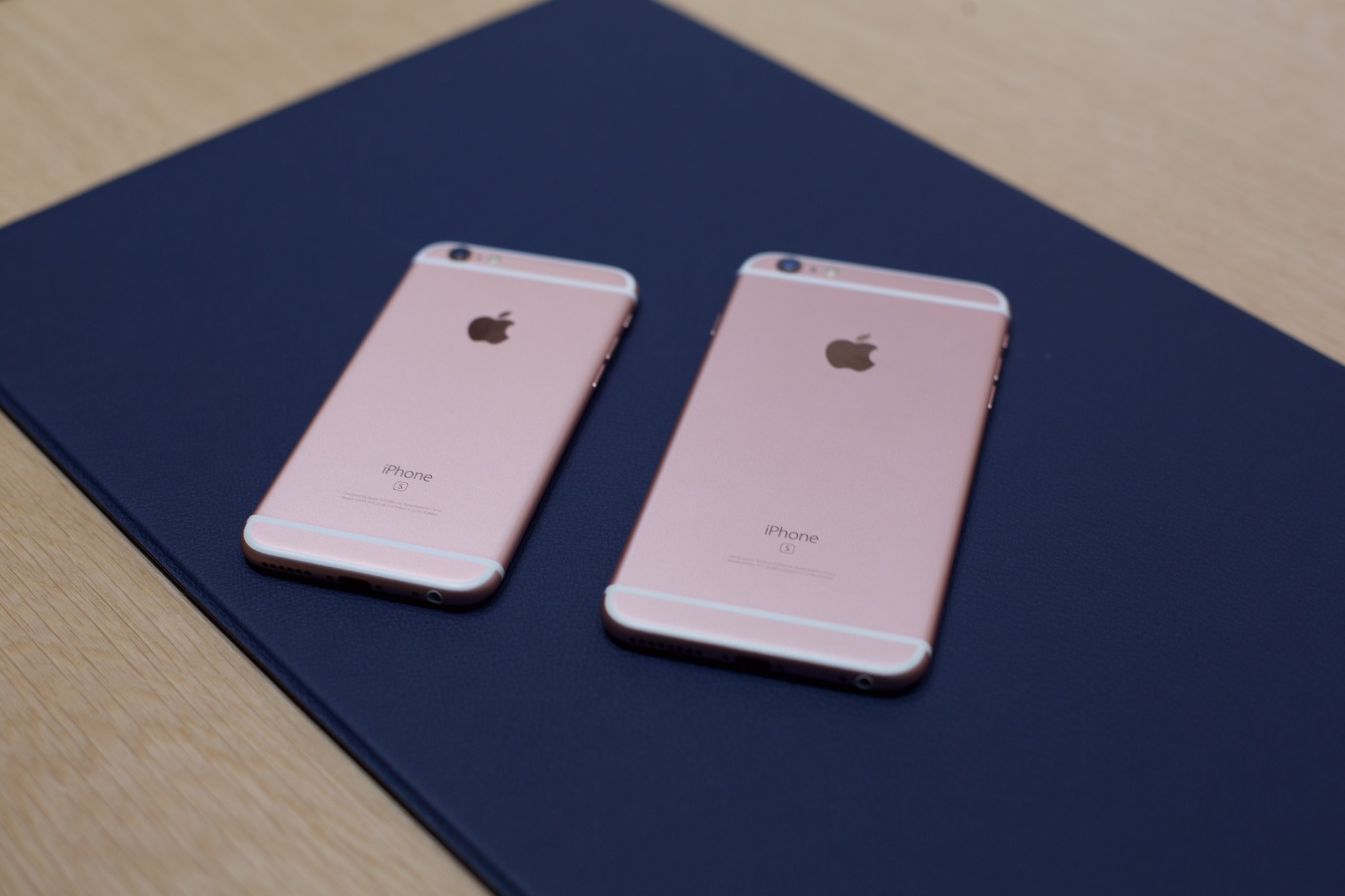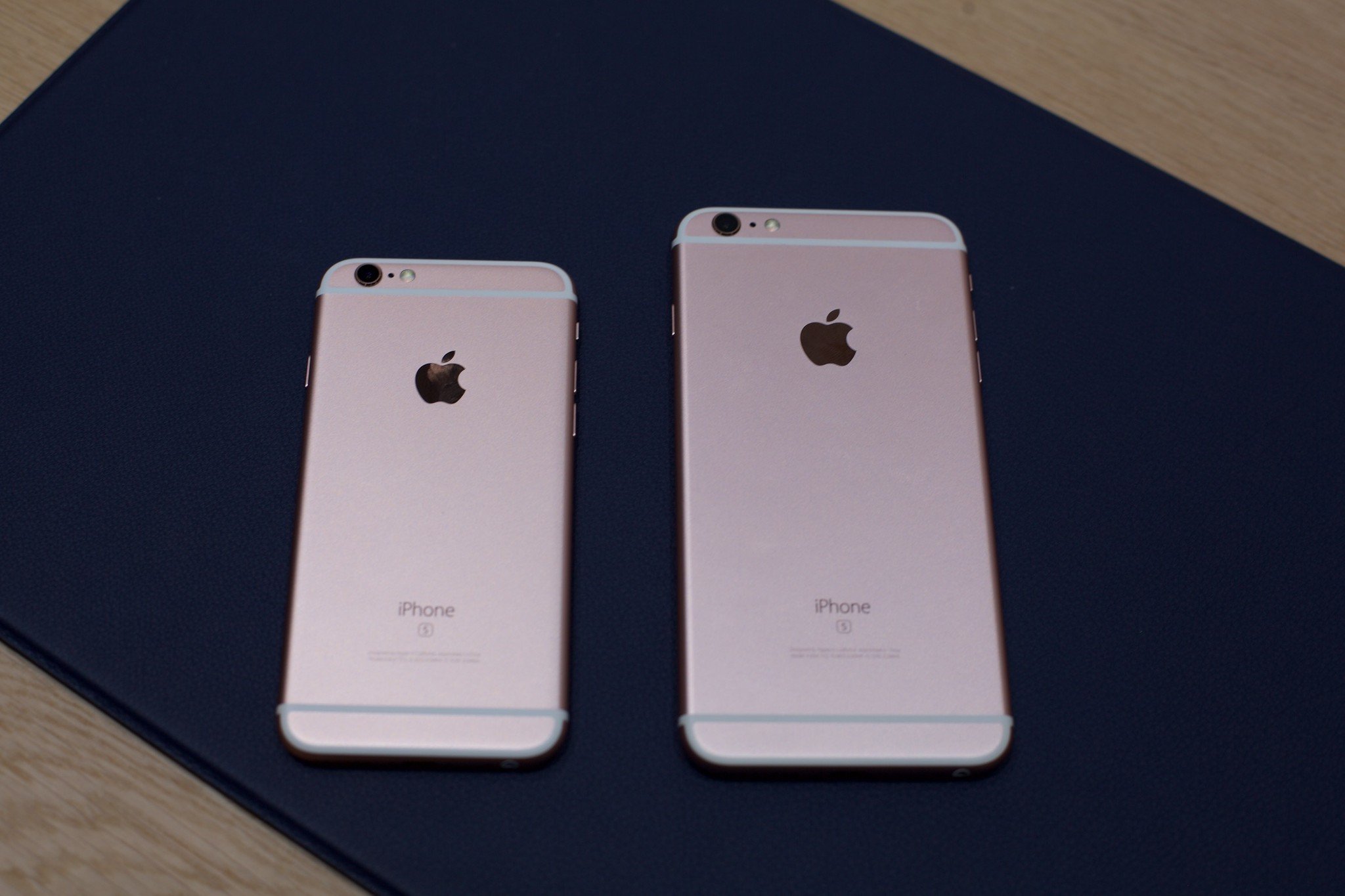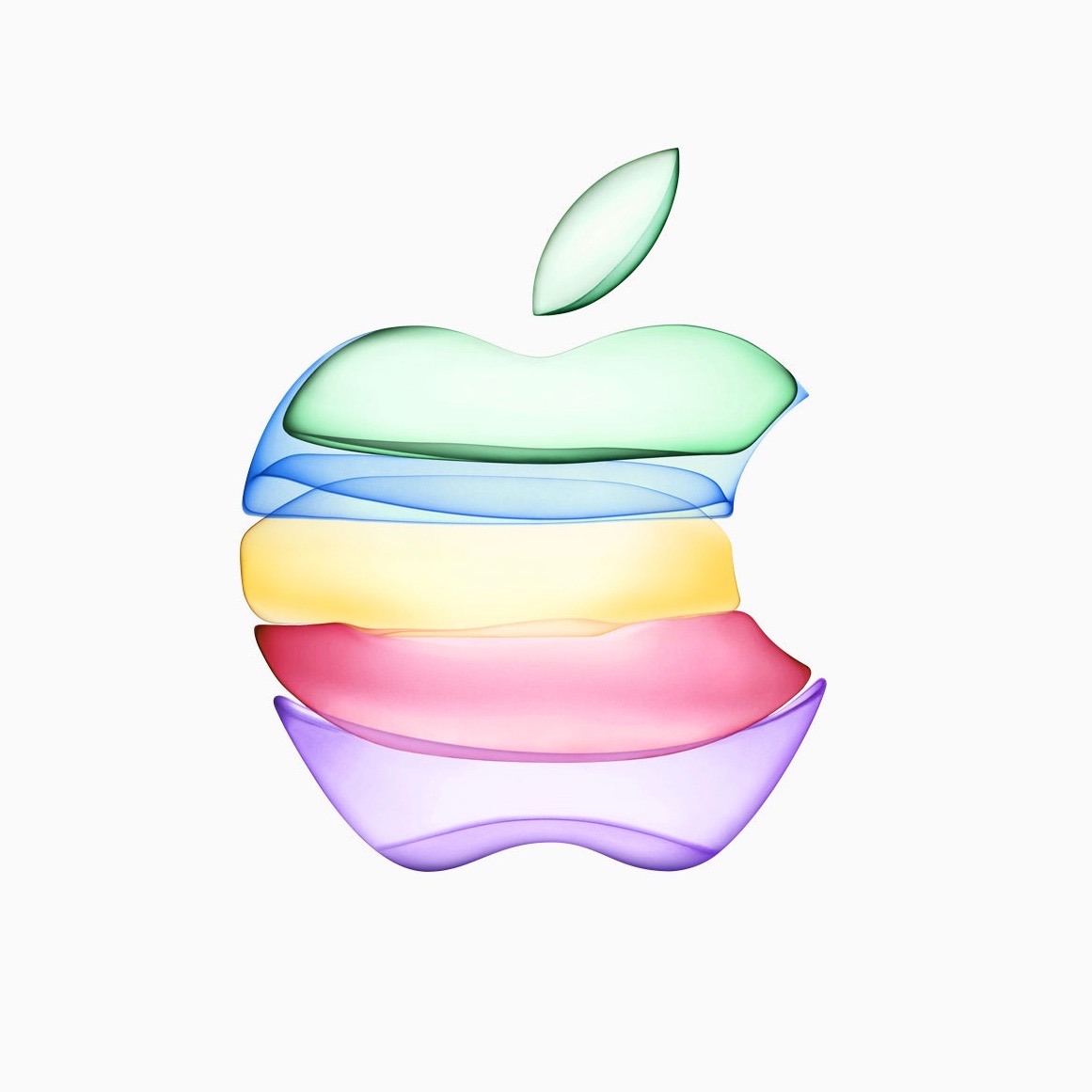The smaller iPhone 6s still doesn't have a stabilized camera

Don't get me wrong, the new iPhone 6s is an impressive phone, but this omission from the camera is killing me. I begged for it in our iPhone 6s wish list, and I expected it would happen because it seemed like such a reasonable thing. OIS.
I'm talking about optical image stabilization, a system wherein the lens and sensor of a camera are essentially mounted on springs that keep it steady when your hands are shaky. It can salvage a photo when moving and makes nighttime shots less prone to blur from the longer exposure time.
The 5.5-inch iPhone 6 Plus had OIS, but the 4.7-inch iPhone 6 did not. Okay, maybe that was fair? Maybe Apple hadn't quite figured out how to make an OIS module small enough to put in the smaller and thinner iPhone without taking up too much space. I wasn't about to buy a Plus iPhone, it's just too big for me.
Fast forward a year to today's announcement of the iPhone 6s and 6s Plus. The new cameras are impressive, finally making the leap beyond 8MP to a full 12MP. The iPhone 6s Plus has OIS, the iPhone 6s does not. It's right there on their iPhone 6s specs page, so nonchalant between the focus pixels and flash:
- New 12-megapixel iSight camera with 1.22µ pixels
- Live Photos
- Autofocus with Focus Pixels
- Optical image stabilization (iPhone 6s Plus only)
- True Tone flash
- Panorama (up to 63 megapixels)
What the &$@#, Apple?
In the process of updating everything from the processor to the display to the metal the phone's made of, Apple made the new iPhones a hair thicker. Well, three hairs, or 0.2mm to those that believe in less arbitrary measurements. That puts the new iPhone 6s at 7.1mm, the same thickness as last year's OIS-equipped iPhone 6 Plus. And yet… no OIS in the standard iPhone 6s.

So what gives? I can cobble together a few theories.
Master your iPhone in minutes
iMore offers spot-on advice and guidance from our team of experts, with decades of Apple device experience to lean on. Learn more with iMore!
One is that an OIS module with its requisite springs and whatnot takes up more physical space laterally, precious space in the little iPhone that could contain a bit more battery. Sacrifice a stabilized camera for what might be several more minutes of battery life.
The iPhone 6s is as thick as last year's OIS-equipped 6 Plus, but yet it didn't get stabilization. What gives?
Or perhaps the extra thickness and weight comes entirely because the body of the phone was made thicker and there's not actually any more internal room. No more additional space inside means that what didn't fit in last year's model won't fit in this year's either. And while we can always make circuits and chips and pixels smaller, a mechanical device like a spring-stabilized camera module can only be so small. There's still an annoying camera hump here, though the extra 0.2mm is nowhere near enough to absorb the lens back to flush with the body (here too is an example of physical limitations — optics in this case — driving design decisions).
The depressing thought, however, is that Apple's using this as an opportunity to differentiate the Plus over the standard iPhone 6s. A bigger and more pixel dense screen with an enormous battery apparently isn't enough under this theoretical model, so the Plus gets OIS while the smaller baby iPhone does not. It helps with margins too, with the $100 upcharge to the Plus having more than enough extra profit in it to absorb the few dollars (maybe) of a stabilized camera vs. the unstabilized version of the same one. I sincerely hope that it's a technical limitation and not marketing driving this decision.
It's frustrating. Apple has what ought be the best camera they've ever made here in the iPhone 6s. Their sample photos are absolutely stunning and I look forward to putting it through its paces. But the smaller iPhone is crippled not just in comparison to the Plus, but in comparison to just about every other flagship smartphone on the market. The Samsung Galaxy S6? OIS. LG G4?. OIS. The Note 5, Lumia 928, OnePlus 2, and even the BlackBerry Passport have OIS cameras.
I'm still going to pick the iPhone 6s over the iPhone 6s Plus. The Plus's overwhelming size continues to be too big for me, but I'm even more peeved that in the last year Apple didn't find the will or the way to put OIS into the iPhone 6. Whatever the reason, my disappoint is evident on my face, but you can't see that because it's dark in here and my photo turned out all blurry.
Derek Kessler is Special Projects Manager for Mobile Nations. He's been writing about tech since 2009, has far more phones than is considered humane, still carries a torch for Palm, and got a Tesla because it was the biggest gadget he could find. You can follow him on Twitter at @derekakessler.


